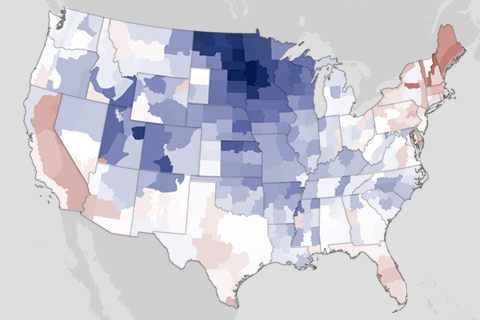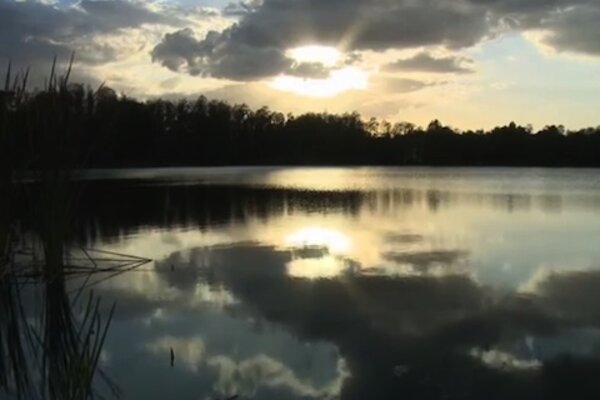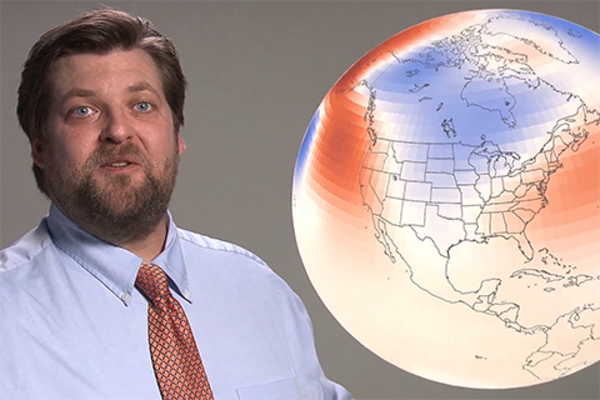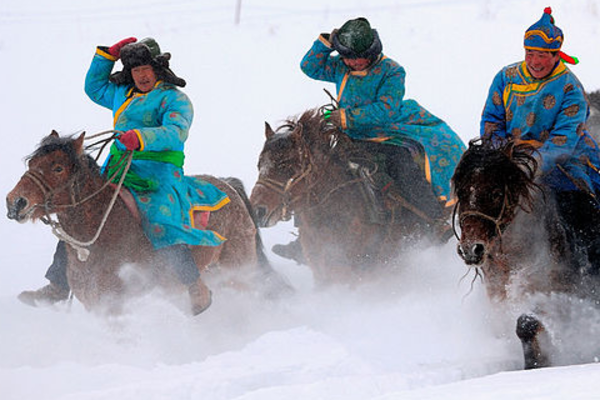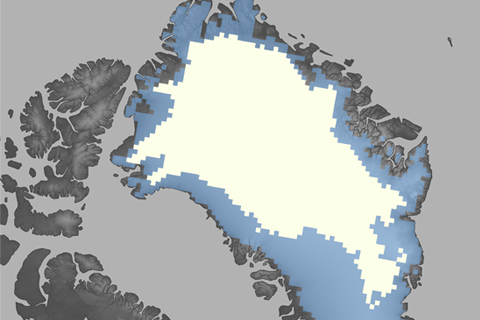
After record-breaking melt during the 2012 season, the 2013 melt extent was more on par with the long-term average. The reprieve from the record warmth and melting of the past six summers is likely connected to a strong positive phase of the North Atlantic Oscillation during summer 2013.


